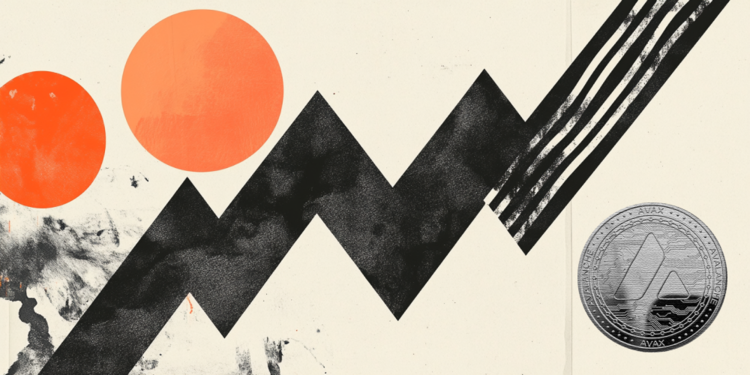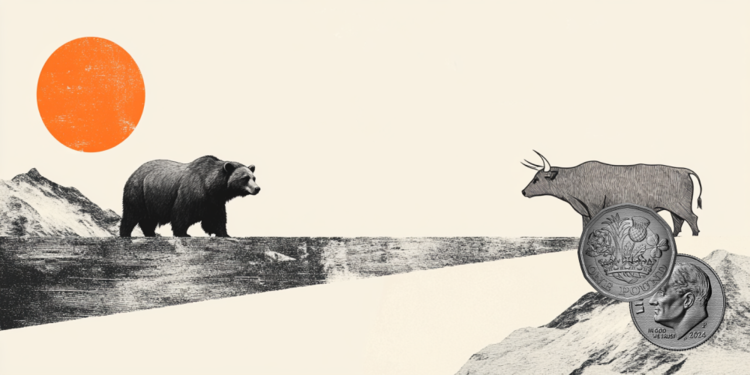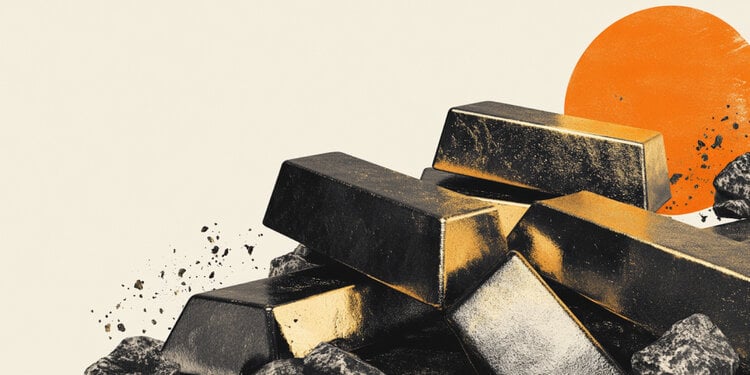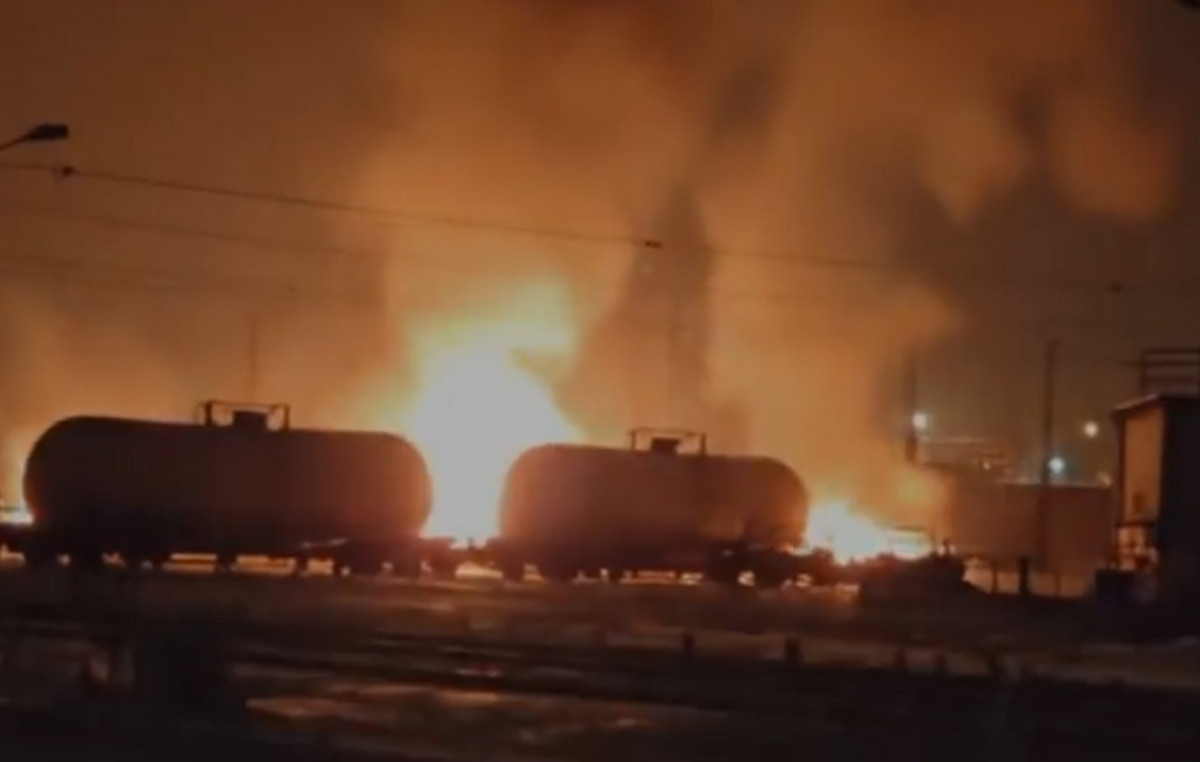Elections in Chile, Brazil, Ecuador and, now, Argentina have highlighted the political turbulence that Latin American nations have been facing in recent years. At the same time, none of them have had as many changes in command of the country as Peru, with six presidents in just six years.
This delicate political situation in the Andean country began with the resignation of the president Pedro Pablo Kuczynski in 2018, an episode that marked an increase in the struggle between Congress and the Peruvian Executive, in addition to the beginning of the cycle of resignations and dismissals of other heads of the Executive.
In order to understand the consequences of this political conflict on the lives of Peruvians, the CNN spoke with two experts from the Andean country, Ana Neyra, lawyer and Minister of Justice in the government of Martín Vizcarra (2018-2020), and Gonzalo Banda political analyst.
Six presidents in 6 years
Shortly after Kuczynski’s dismissal, still in 2018, his vice president assumed the presidency, Martin Vizcarra who would be removed by Congress in November 2020 on charges of corruption.
This scenario was followed by the election of the deputy Manuel Merino (Acción Popular), via Parliament. However, amid a wave of protests from the population, Merino resigned from the Presidency after 5 days in office, in the same month of November 2020.
According to constitutional succession, he ascended to power Francisco Sagasti (Morado Party), which governed Peru between November 2020 and July 2021, and which gave way to Pedro Castillo (Perú Libre), victorious in the presidential elections two years ago.
However, Castillo was dismissed and arrested on December 7, 2022, three hours after decreeing the dissolution of Congress. After this last fall, vice Dina Boluarte (also from Perú Libre) assumed the Presidency of the country — and remains in the Executive chair to this day.
The forecast is that new elections for the Presidency and Congress will be held normally in the next cycle, in 2026, after the rejection, by parliamentarians, of the request to bring forward the elections to 2024. This does not, however, reduce the turbulent political environment from the country.
“Clientelism”, party fragility and non-reelection of parliamentarians
Both Ana Neyra and Gonzalo Banda stated that the successive struggle between Congress and the country’s Executive are largely responsible for the lack of progress and negligence in dealing with topics of interest to the Peruvian people, in addition to the factors that drove the economic slowdown, food insecurity and the increase in violence at a national level — consequences of the structural social inequality that persists in the country.
“We see the lack of initiatives to respond to the emergencies we face on the part of Congress and the Executive, including on agendas within their own competence, as they are embedded in a clientelistic logic [de troca de favores]”, points out the professor at the Pontificia Universidad Católica del Perú (PUCP) and former Minister of Justice in the Vizcarra government, Ana Neyra.
Added to this situation is the fragility of Peru’s political system, with elements such as the unicameral parliamentary system (without a Senate), the prohibition on the re-election of parliamentarians for more than one term and party fragility, sustained by fragmentation in the country’s Congress, that contribute to the institutional crisis.
“If we look at the current moment, we will observe that many traditional parties have disappeared or lost strength at the national level, with a fragmentation of power, especially in Parliament”, points out Gonzalo Banda.
“This means that people’s motivation to come to power is, in many cases, due to their own interests, as existing parties do not have a government project and traditional politicians tend to stay out of elections.”
According to Proetica, an NGO for transparency and against corruption in Peru, the Corruption Perception Index (IPC) in the country remained high in 2022, recording the same mark as in 2021: 36 points.
The index ranges from 0 to 100. The closer to zero, the higher the level of corruption in the country, and the closer to 100, the lower the level of corruption.
“It is a prolonged instability that shows signs of corruption among high-ranking authorities, such as former presidents, who were involved in the Odebrecht case [Lava Jato no Peru] and white collar”, recalls Ana Neyra.
“We cannot forget that we went back on important reforms due to the constant changes of parliamentarians, in other words, we were left without a solid basis for promoting the reforms that the country needs.”

Negative numbers in the economy and social
The former minister’s observation about the reforms concerns the challenges that the Peruvian population faces today, such as informality — the number of people without labor benefits and the guarantee of social security —, which affects 70% of the population, and insecurity food — irregular access in quantity and quality to food –, which is a reality in the homes of half of the 33.72 million Peruvians.
“The shortage of food that makes up the country’s basic food basket and the increase in prices, due to inflation, weighs heavily on Peru,” added Ana Neyra.
Added to this context of social insecurity is the economic slowdown faced by the country, which is still recovering from the effects of Covid-19.
To give you an idea, Peru technically entered an economic recession in June this year, as it recorded a drop in Gross Domestic Product (GDP) for two consecutive quarters: in January-March (-0.4%) and April-June (-0.5%), with a total drop of 0.45% in the first half of 2023.
Among economic experts, it is certain that the country entered an economic slowdown and had its growth for this year lowered.
“We had the climatic factors [El Niño e o ciclone Yaku] as one of the main causes of this economic situation that affected, above all, fishing and agriculture”, points out Gonzalo Banda.
“However, we started the year in a turbulent way and with a government and Congress worn out and focused on the political crisis, unaware of the problems facing the country.”
Violence: a growing problem
Violence has also become a concern among the population. Last month, at least three districts in Peru entered a state of emergency, due to the high level of delinquency and organized crime — which operates through extortion, drug trafficking and homicides, an operation similar to the militias in Rio de Janeiro. January.
The affected regions were San Juan de Lurigancho, San Martín de Porres, in the city of Lima, and Talara, in the municipality of Piura. With the measure — which came into force on September 19, valid for 60 days and extendable via new decrees — some constitutional rights of citizens residing in these neighborhoods are suspended, such as meetings, inviolability of the home and participation in social events between at 0:00 and 4:00 in the morning.
For Gonzalo Banda, the lack of an effective plan at national level on public security by the government and Congress creates fertile soil for the proliferation of violence on the streets, co-option of young people in vulnerable situations by organized crime and the gain of momentum in drug trafficking in poorest regions of the country.
“There is dysfunction in the State. He doesn’t give you anything. It doesn’t give you health or education, so the Peruvian people grow up with their backs to the State, with the understanding that it is their enemy”, says the political analyst.
“That’s precisely where informality and illegalities appear, since you are forced to generate your own resources.”
Issues such as drug trafficking also concern the country, which functions as a warehouse for exporting drugs from international criminal organizations, such as the First Capital Command (PCC) and the Red Command (CV), and which is also one of the largest producers of coca leaf. and cocaine in the world.
“The increase in the ability of drug trafficking to penetrate formal and institutional businesses in a State in political crisis is also a growing concern”, ponders Gonzalo.
“Although it hasn’t happened at a national level, as happens in Ecuador, we could see this in the future, if changes don’t occur.”
Source: CNN Brasil
Bruce Belcher is a seasoned author with over 5 years of experience in world news. He writes for online news websites and provides in-depth analysis on the world stock market. Bruce is known for his insightful perspectives and commitment to keeping the public informed.







